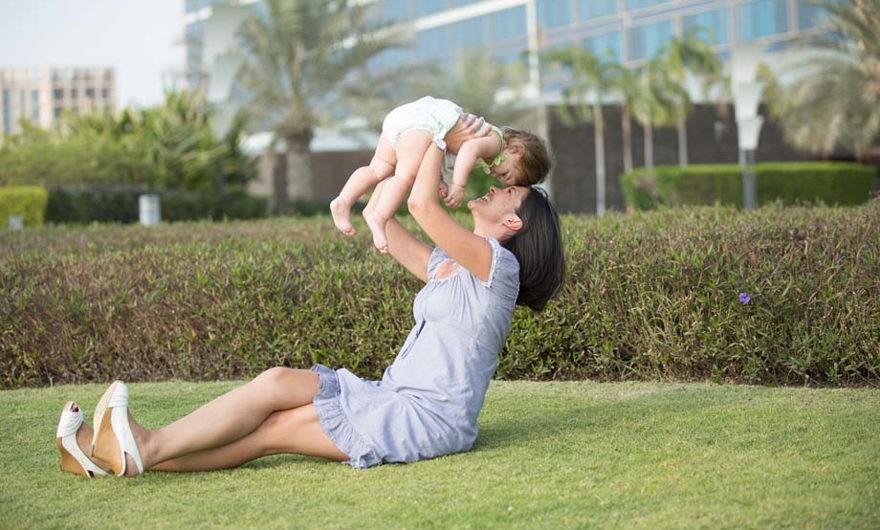
There are many benefits to being active during infancy: improvement of motor skills, better brain development, maintaining a healthy weight, enhancing the musculoskeletal system and even improving social skills learning processes. In 2018, the Israel Pediatric Association published a paper that stated that “Over the past few decades, it has been scientifically and unequivocally proven that regular activity in preschool, infancy and adolescence is important for growth and normal development, in both physical and cognitive terms”.
According to the paper's authors, engaging in physical activity as early as preschool and early childhood has been shown to be a key factor in helping to maintain health later in life:
- Improves brain and academic competence
- Improves mood and self-image
- Improves social interaction
- Improves aerobic capacity
- Increases muscle mass and reduces body fat
- Increases bone density
- Reduces risk of obesity in the future
In light of all these benefits, the Association of Pediatrics, the Association of Family Physicians, the Sports Medicine Society and the Israeli Olympic Committee issued recommendations for suitable physical activity according to age groups, including preschoolers.
Ages 0.5 to 3 years:
- Crawling
- Walking
- Ball games
- Toddler push car
There are no recommendations for the minimum daily exercise time, but activity is recommended several times a day, which includes interactive play on the floor with objects that boost movement.
At the ages of 3-6 years, 180 minutes (about three hours) of the following activities are recommended daily throughout the day:
- Kicking a ball
- Throwing and catching a ball
- Climbing
- Sliding
- Children’s fun centers
- Running in the yard
- Dancing
- If possible, after school and sport activities
Naturally, all these can also be supplemented with family outings and shared games with the rest of the family.
The UK Ministry of Health recommends several types of physical activity for children under 5:
- Parents should encourage their children to exercise from birth, especially through floor-based play and water-based activities (in a safe environment, of course).
- It is advisable to minimize the time spent being sedentary in toddlers under 5 for extended periods (except sleep time, naturally).
For those who are not yet walking, physical activity refers to movement of any intensity, and may include:
- “Tummy time”: any time that the babies spend on their stomachs playing / rolling on the floor.
- Reaching for and grasping objects, pulling, pushing and playing with others.
- 'Parent and baby' swim sessions.
Further reading:
Guidelines from the British National Institutes of Health (NIH) for physical activity for under 5s
Guidelines of the U.S. Department of Health and Human Services Advisory Committee, February 2018



